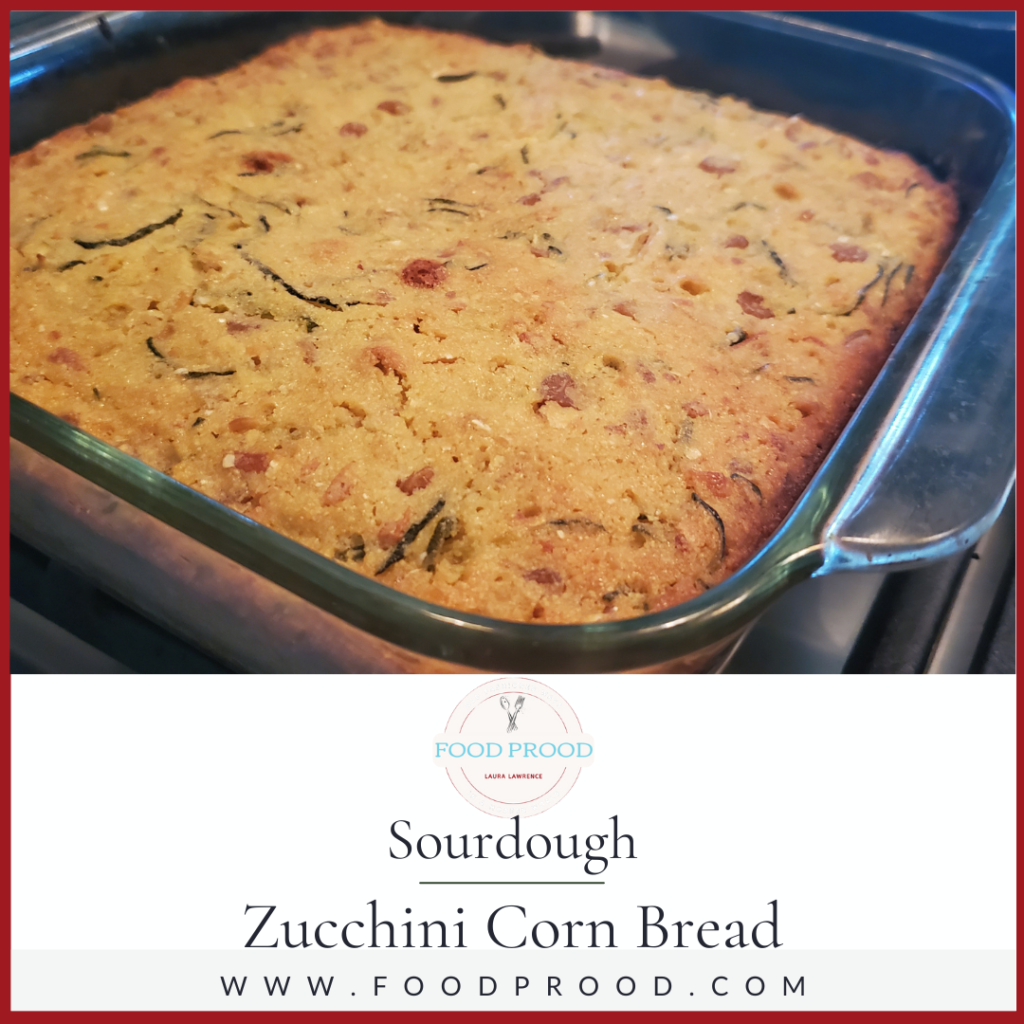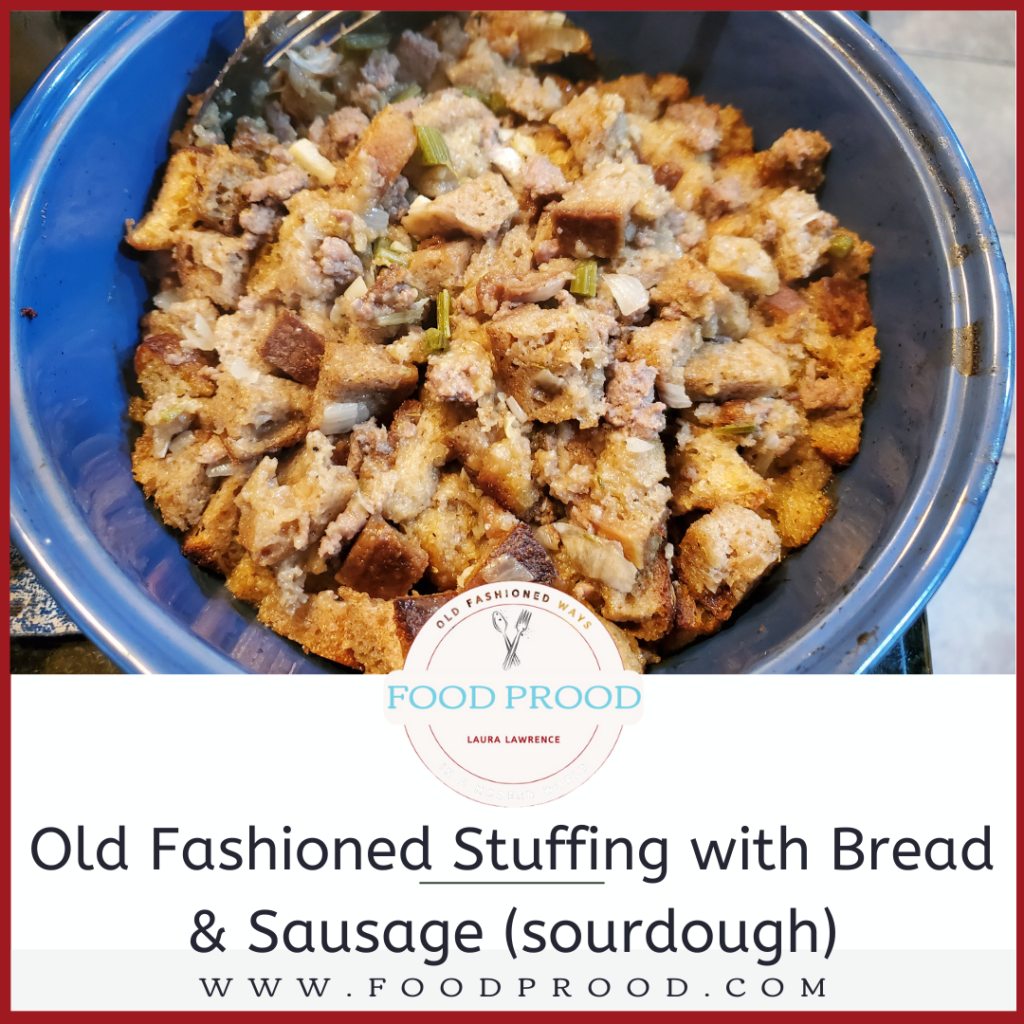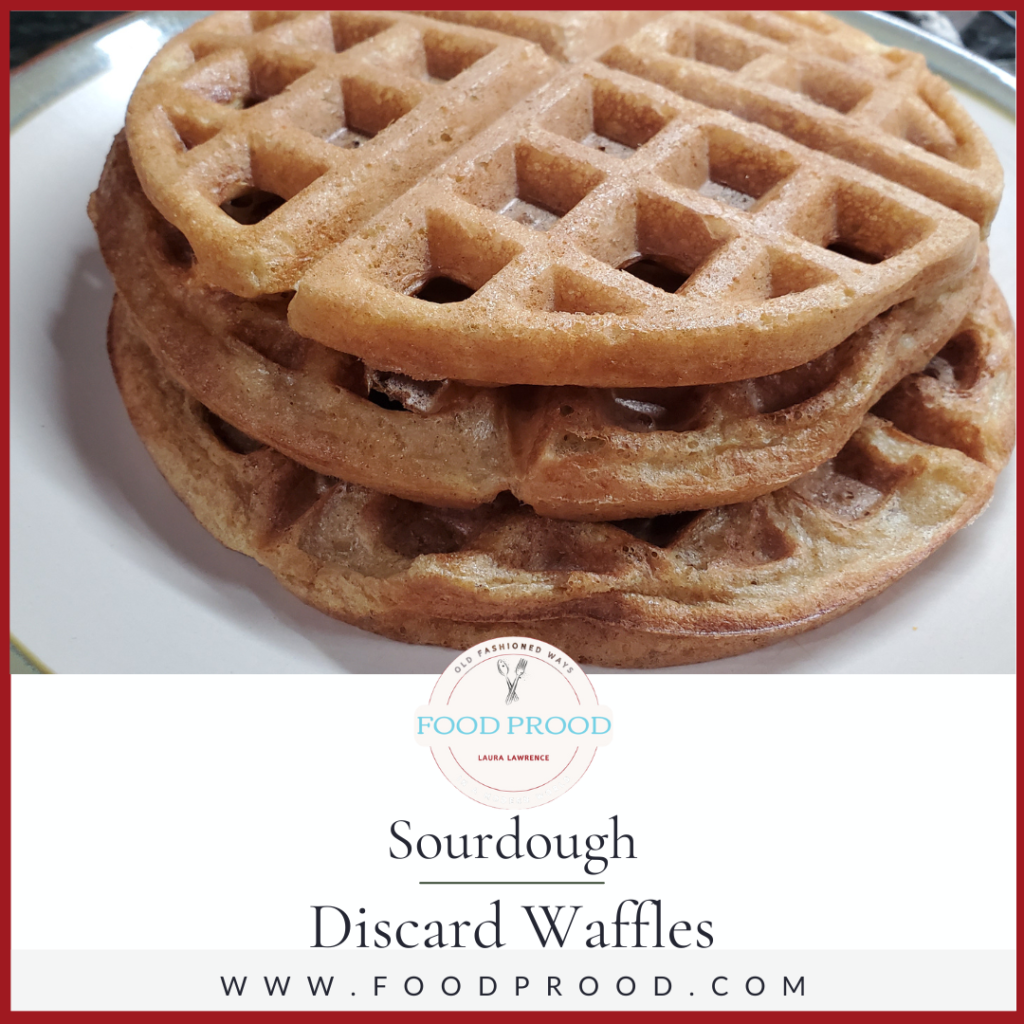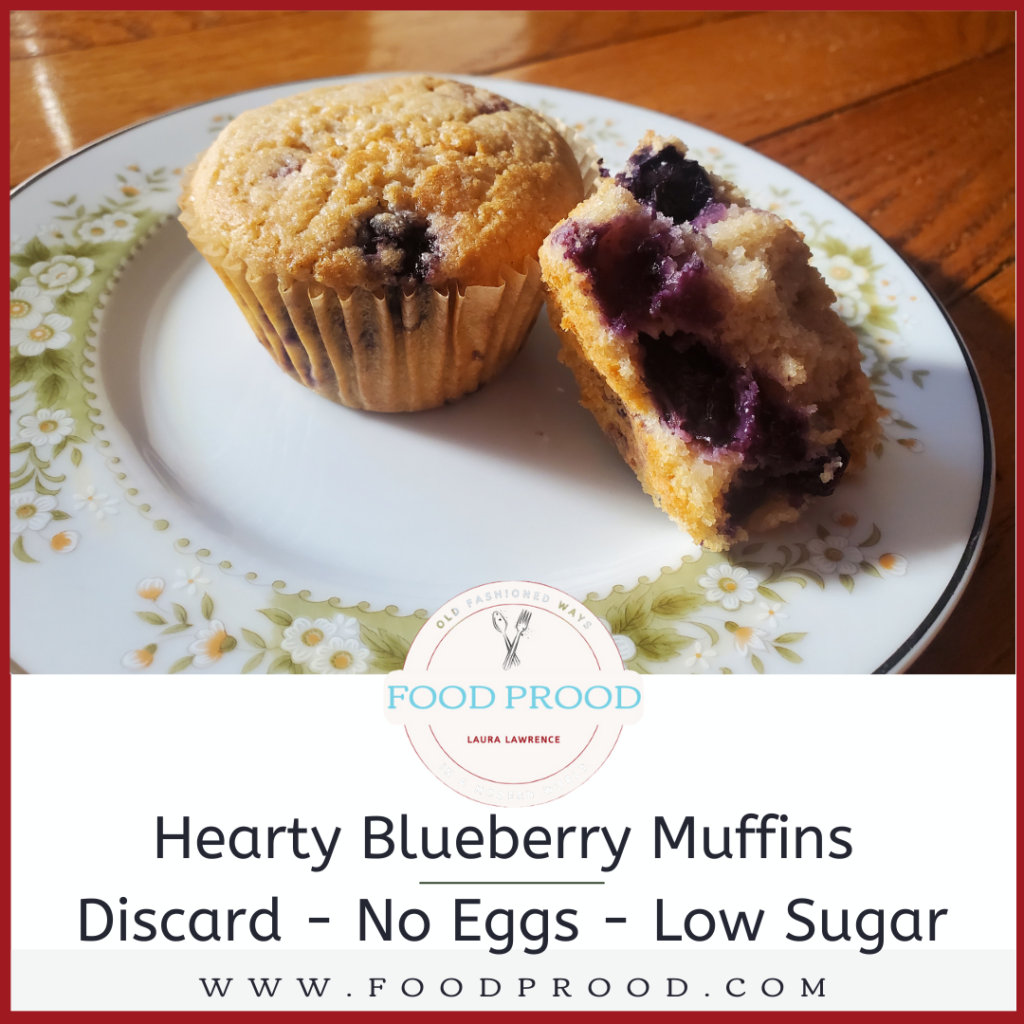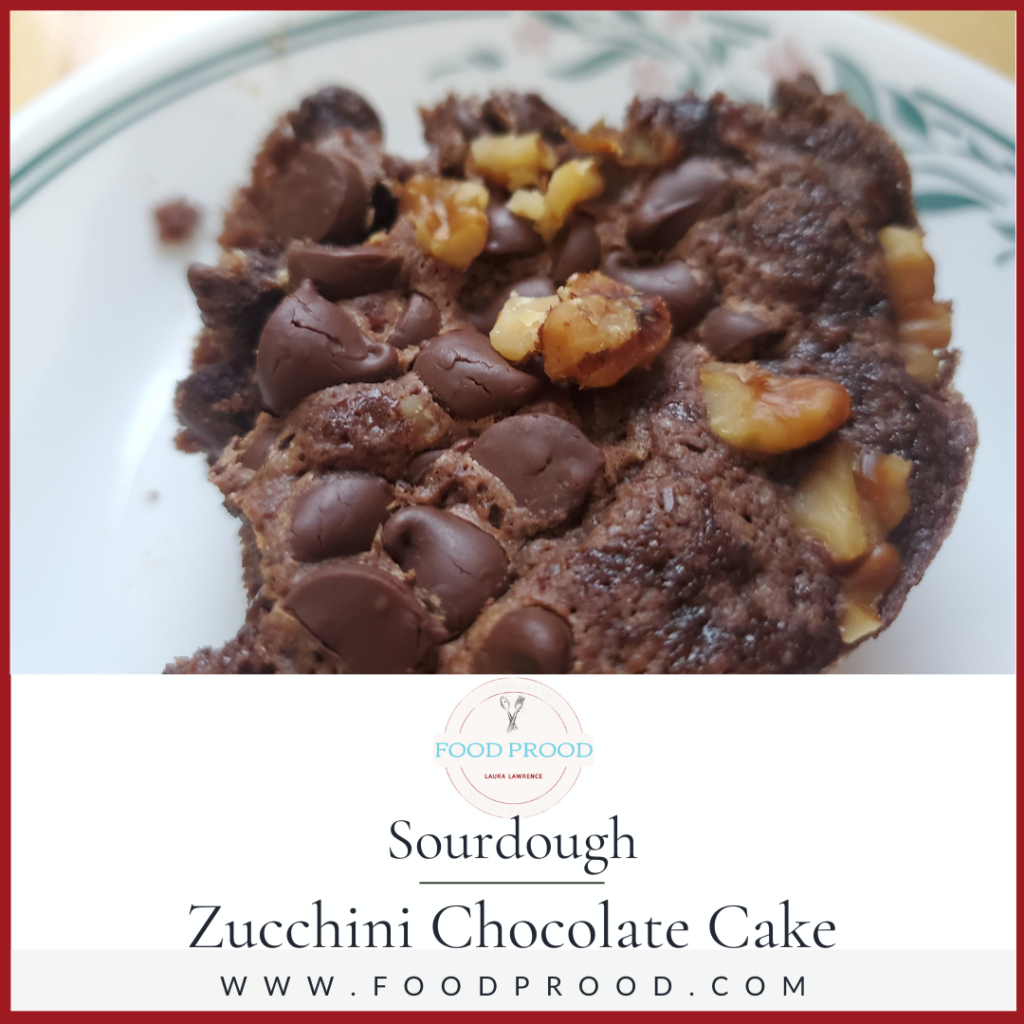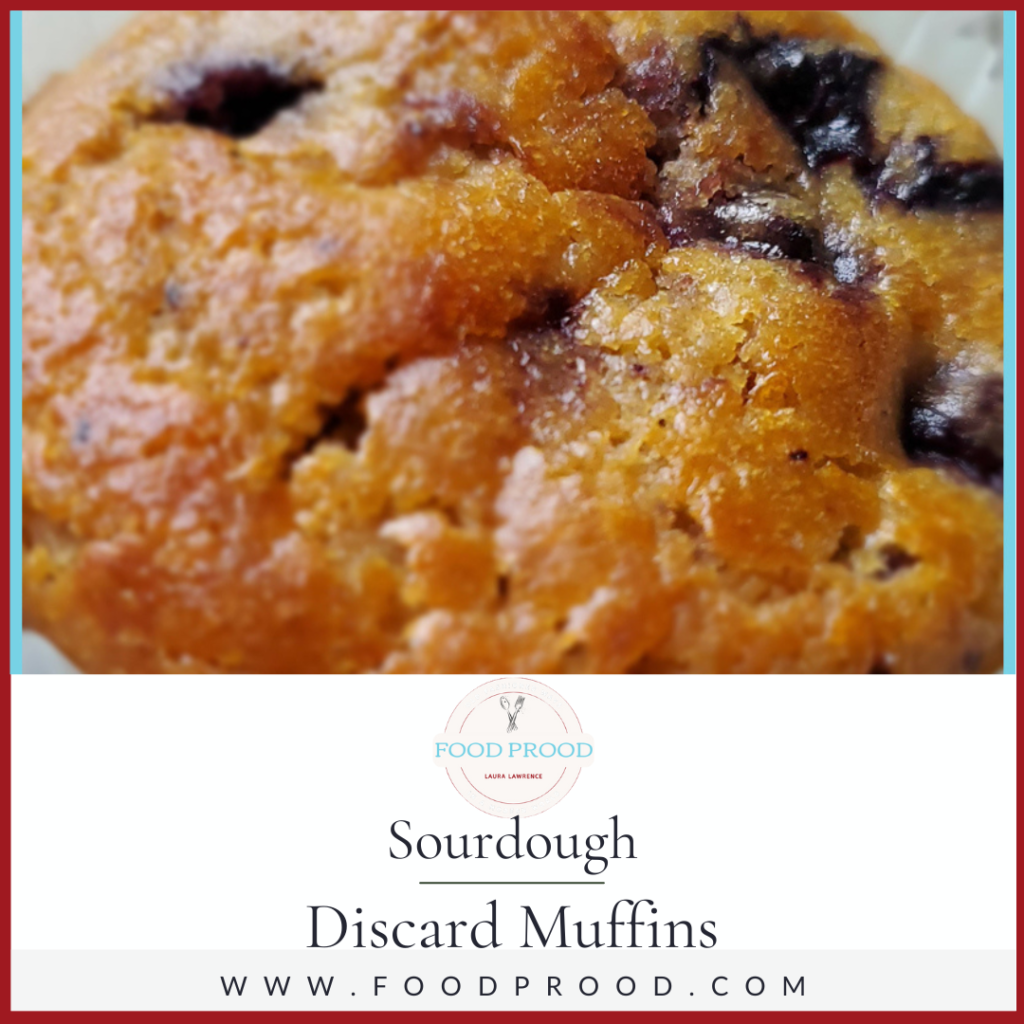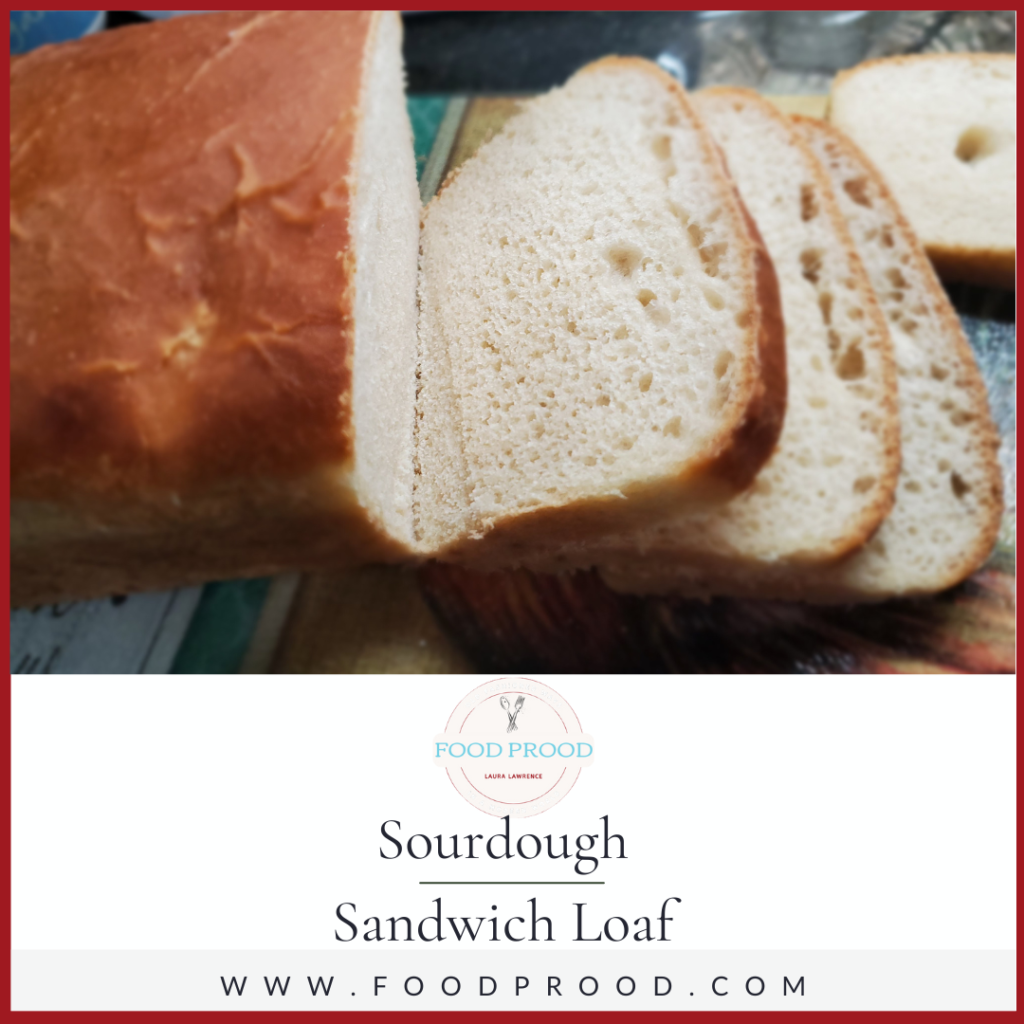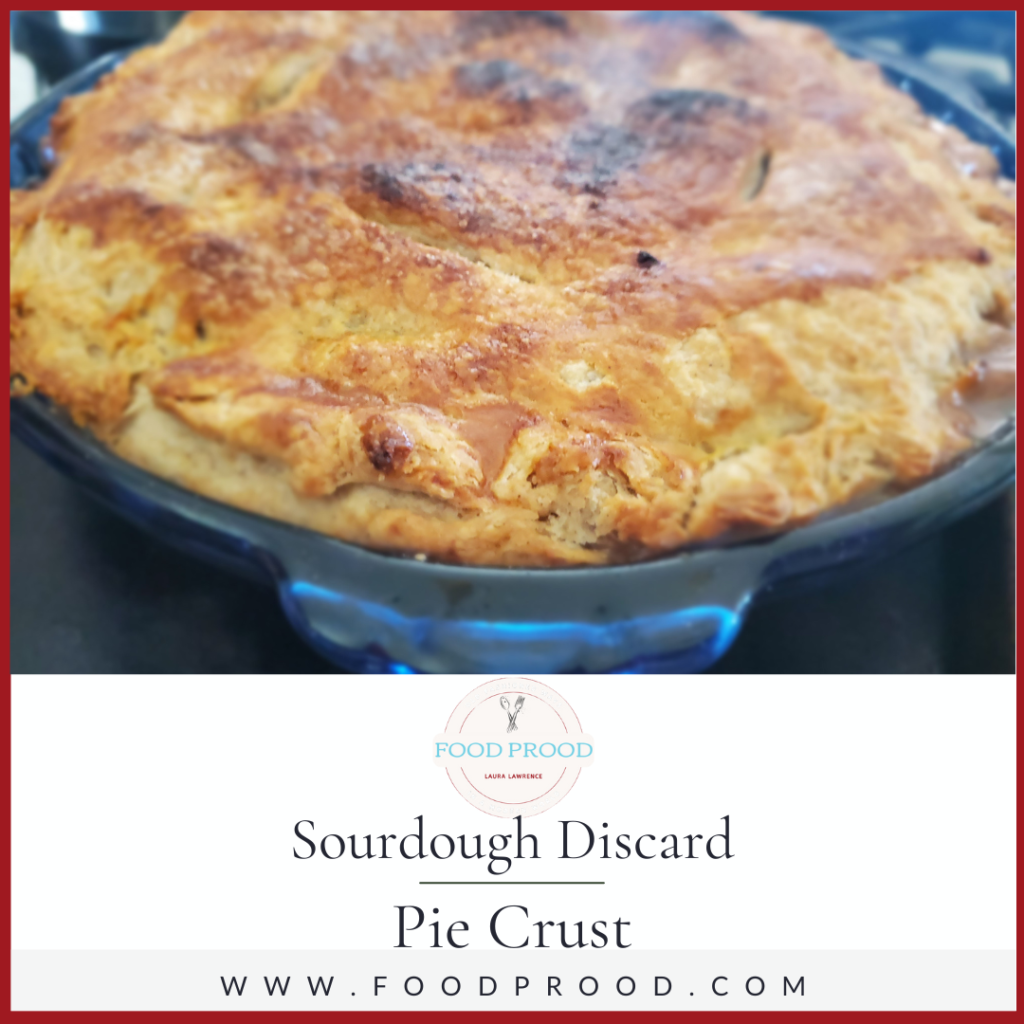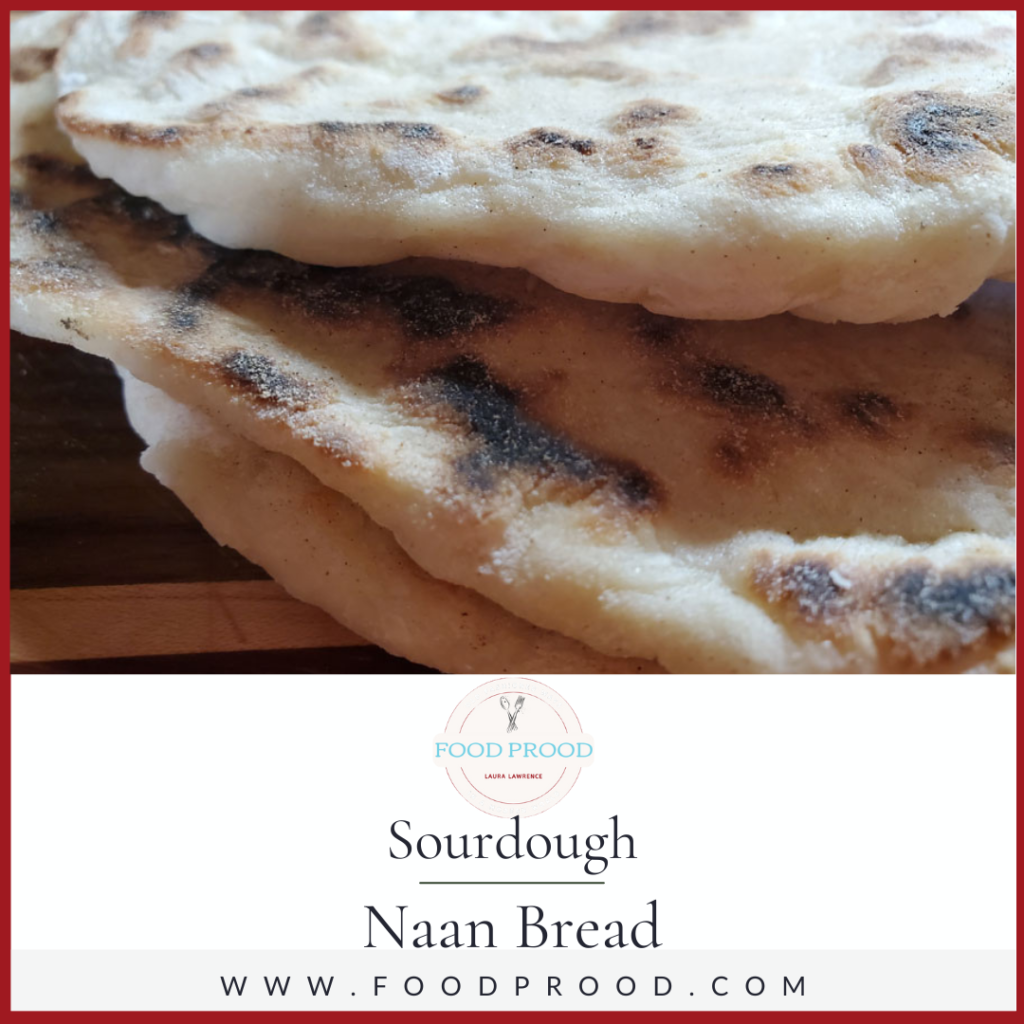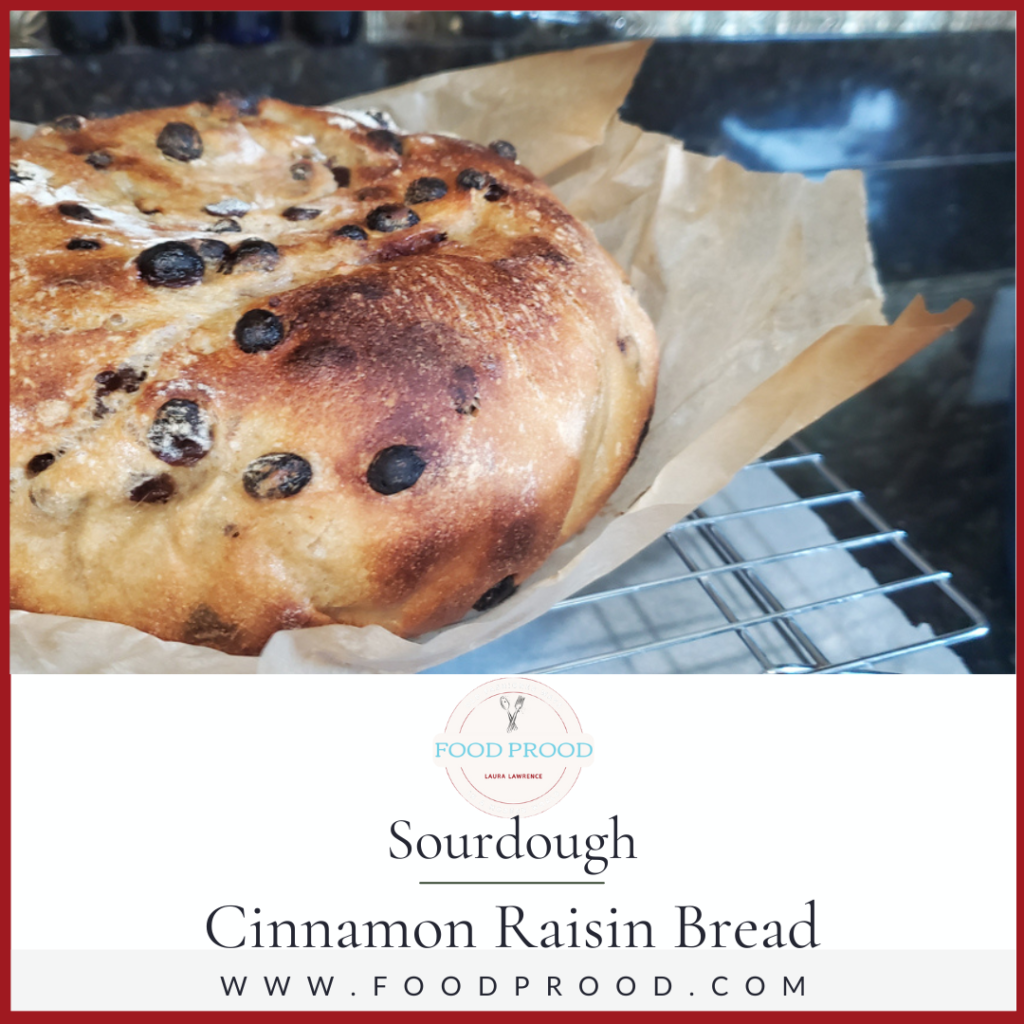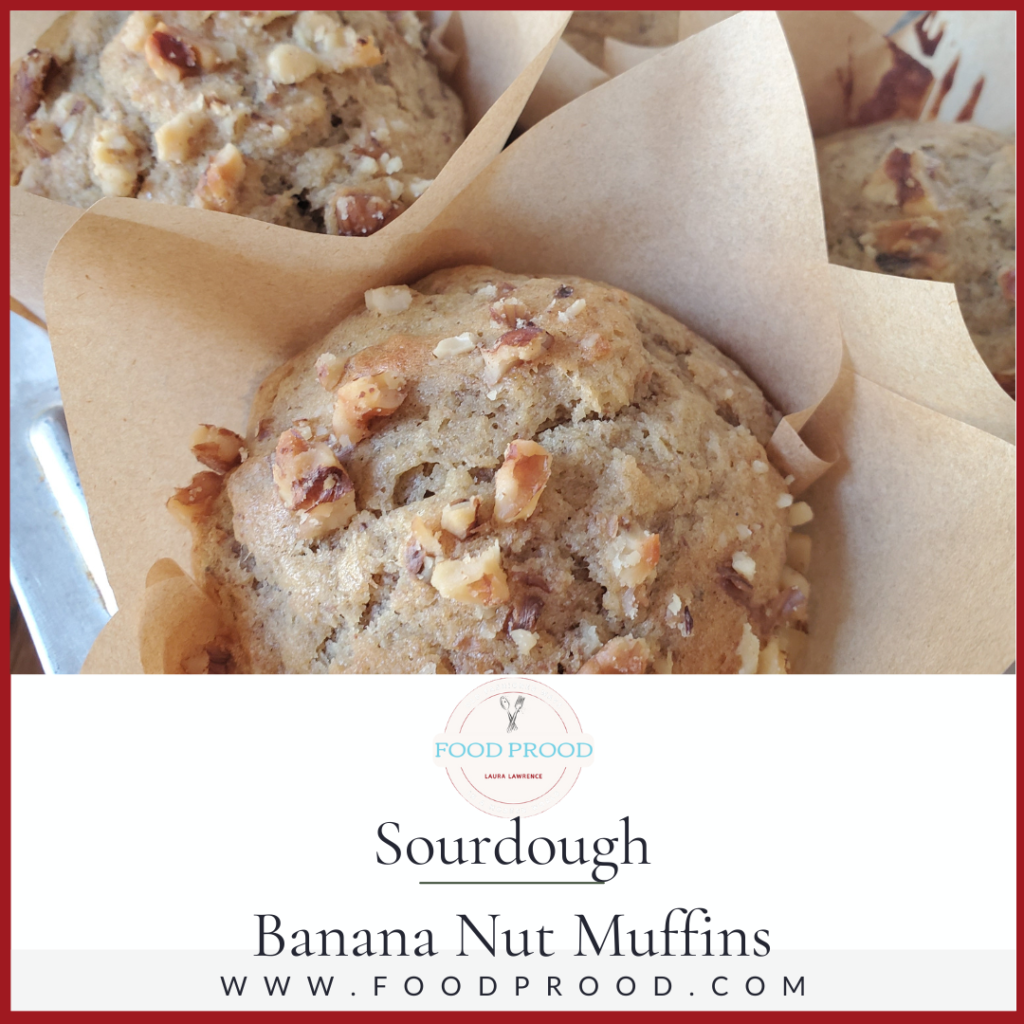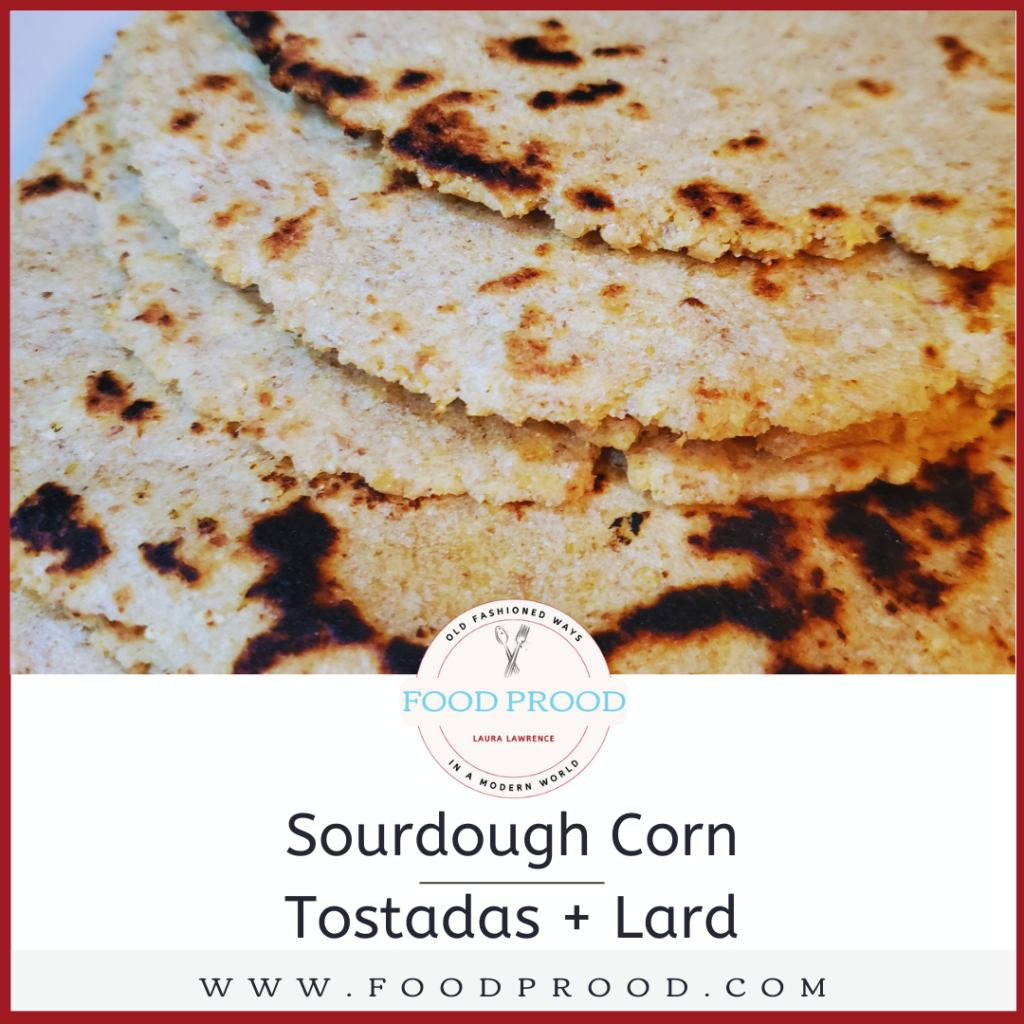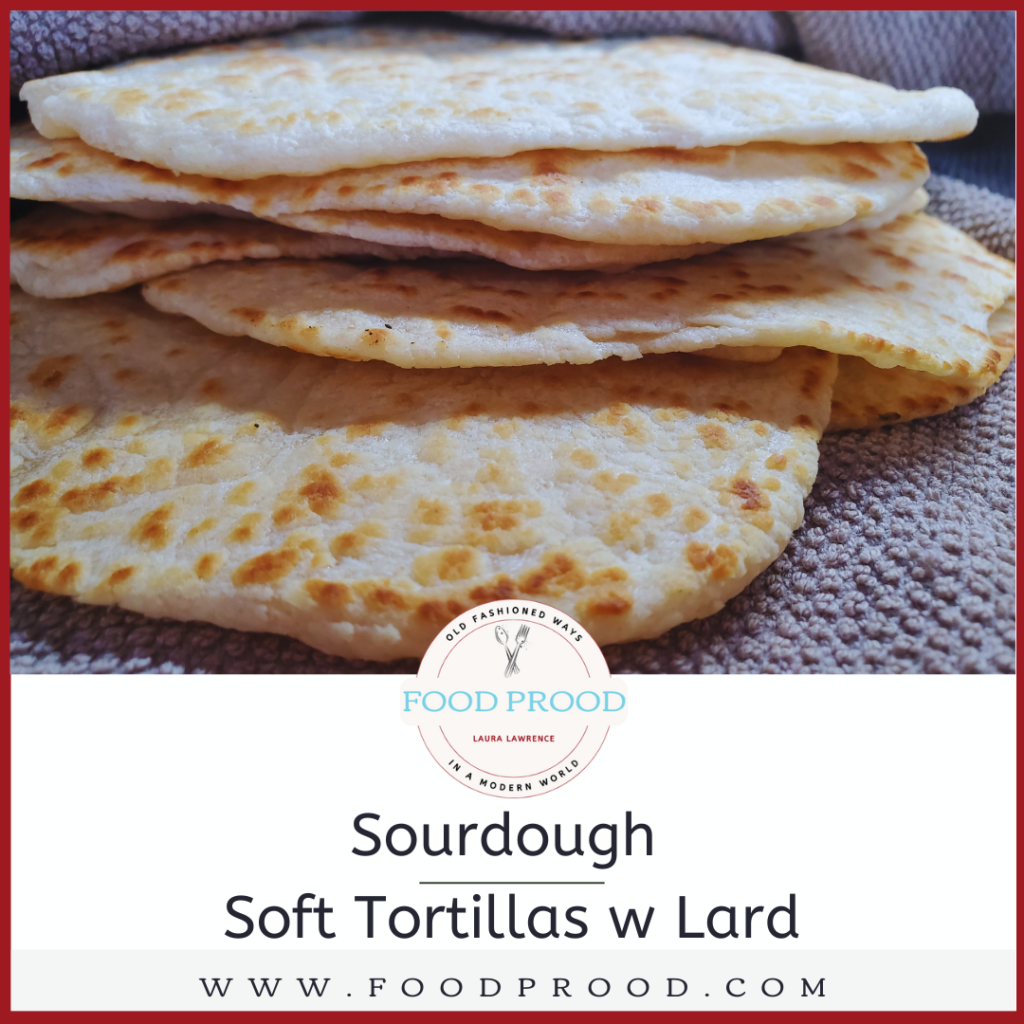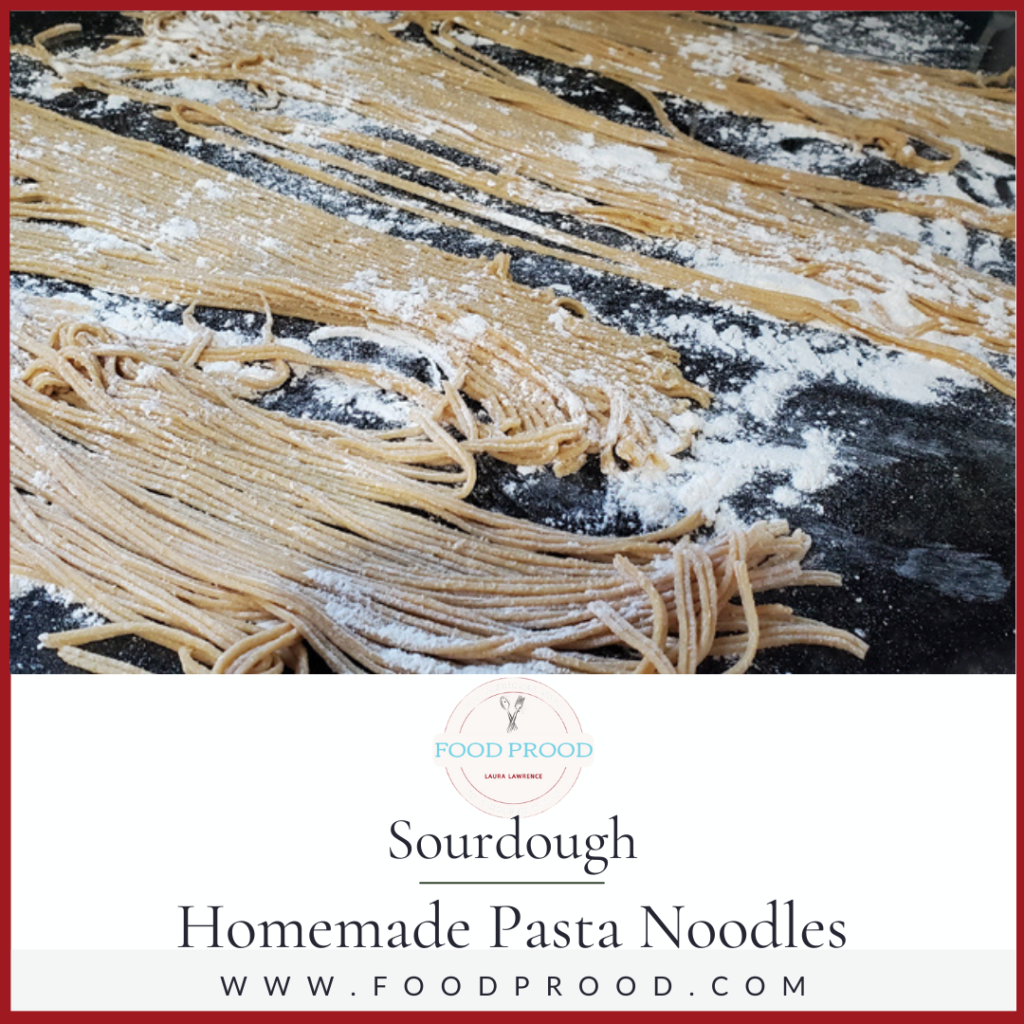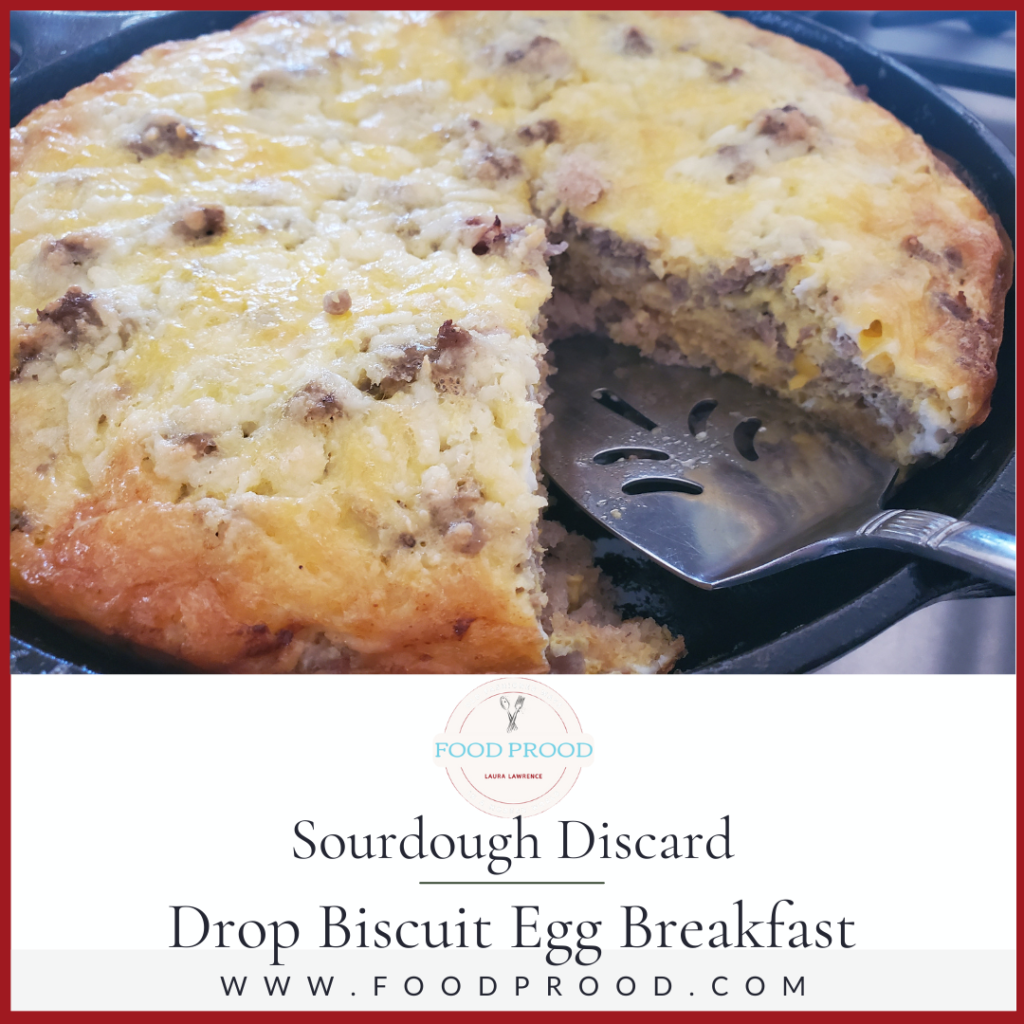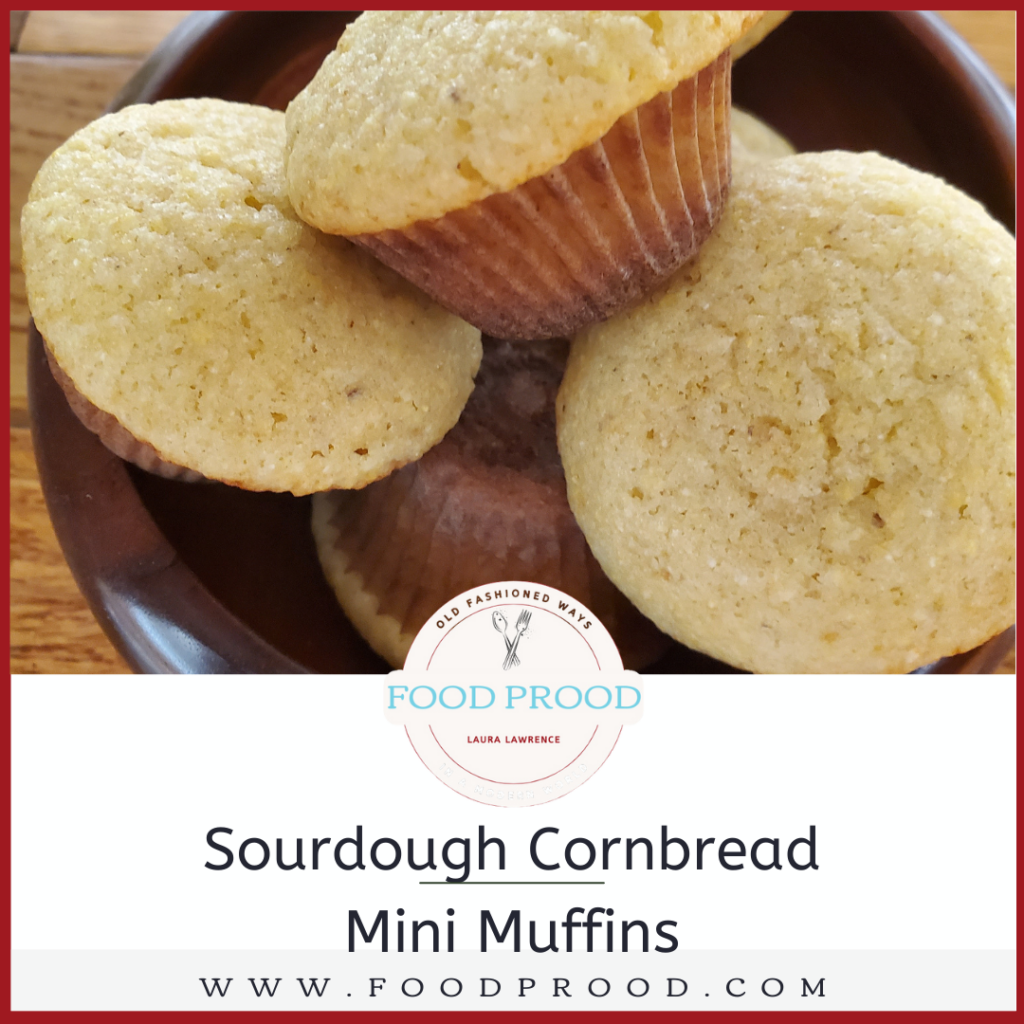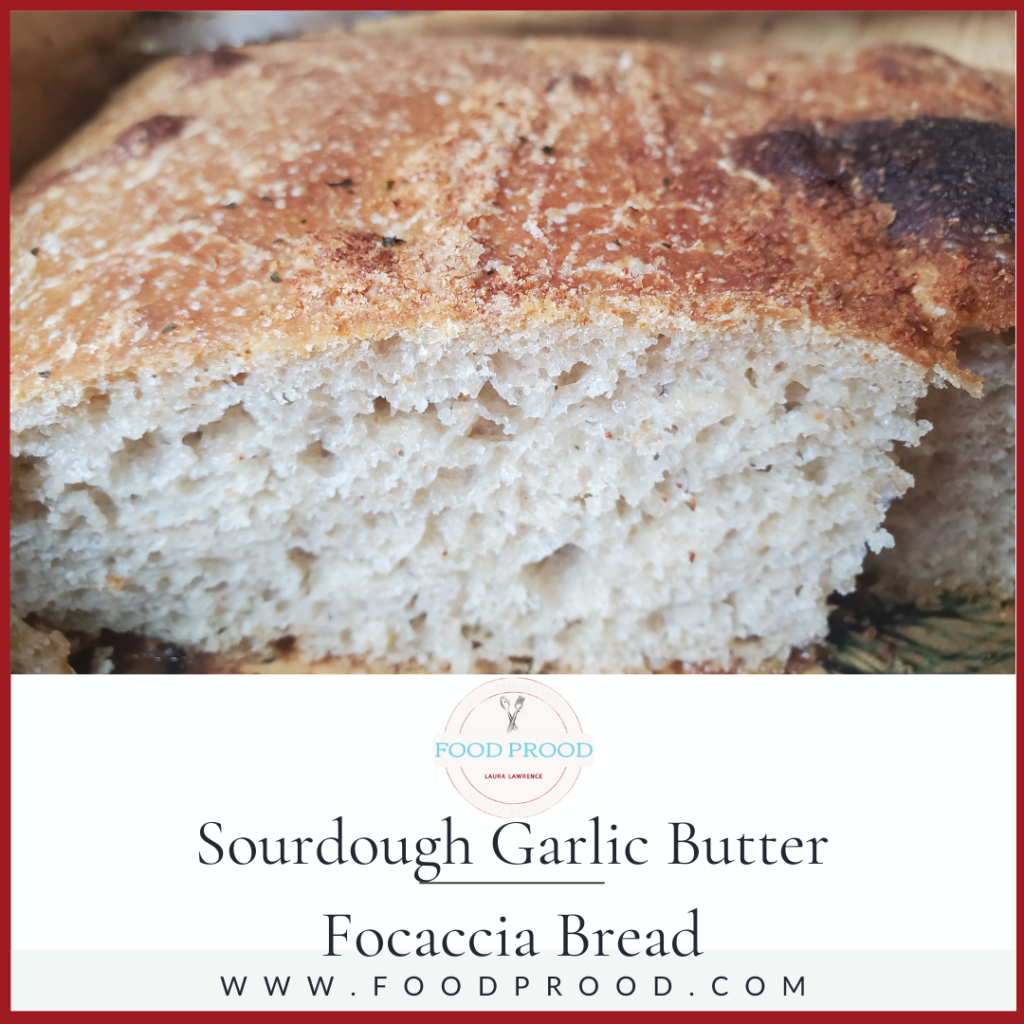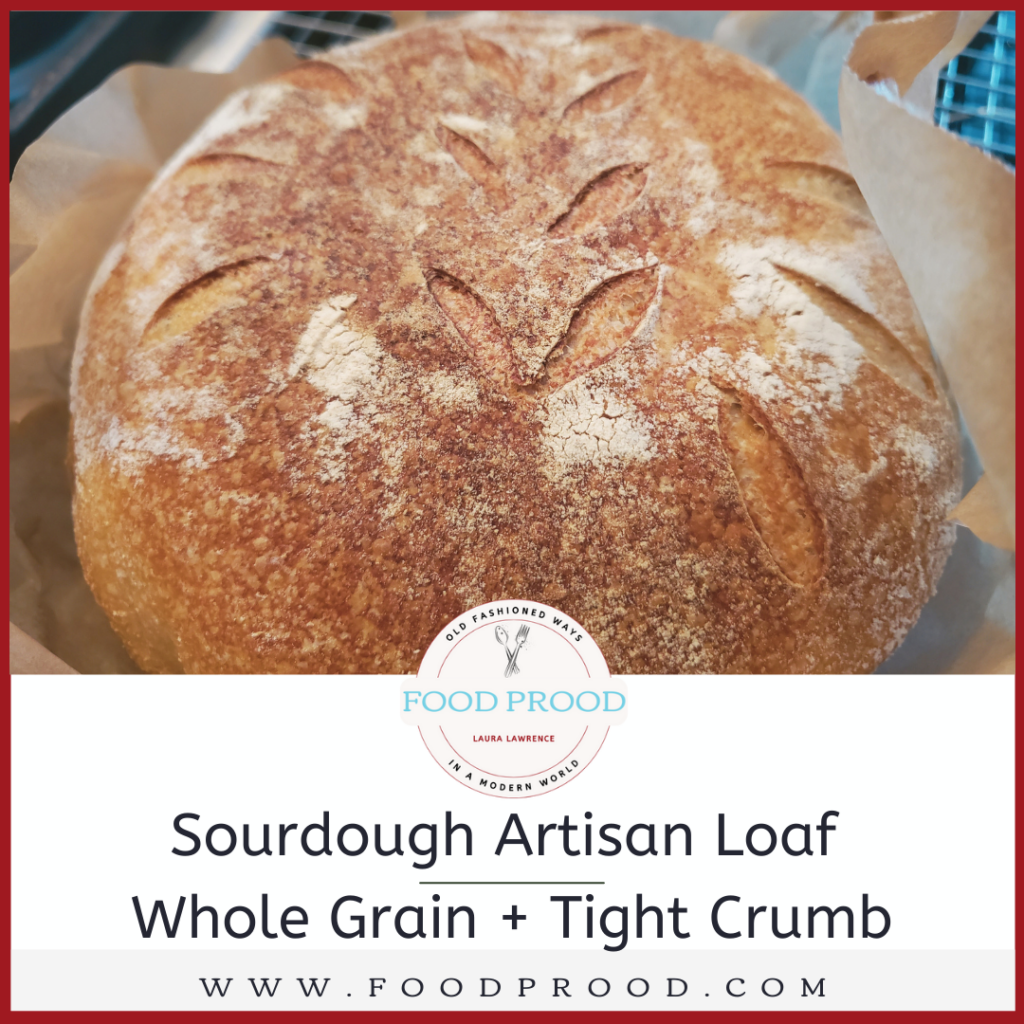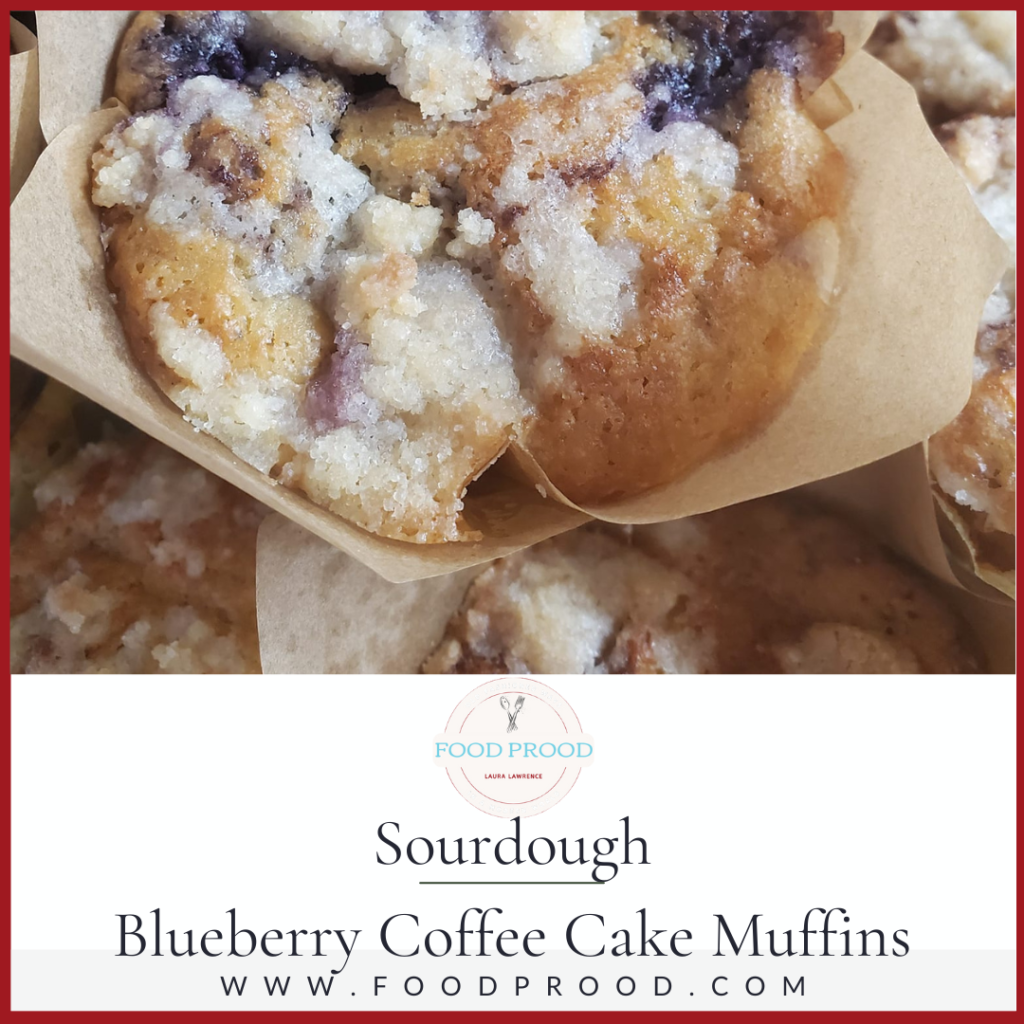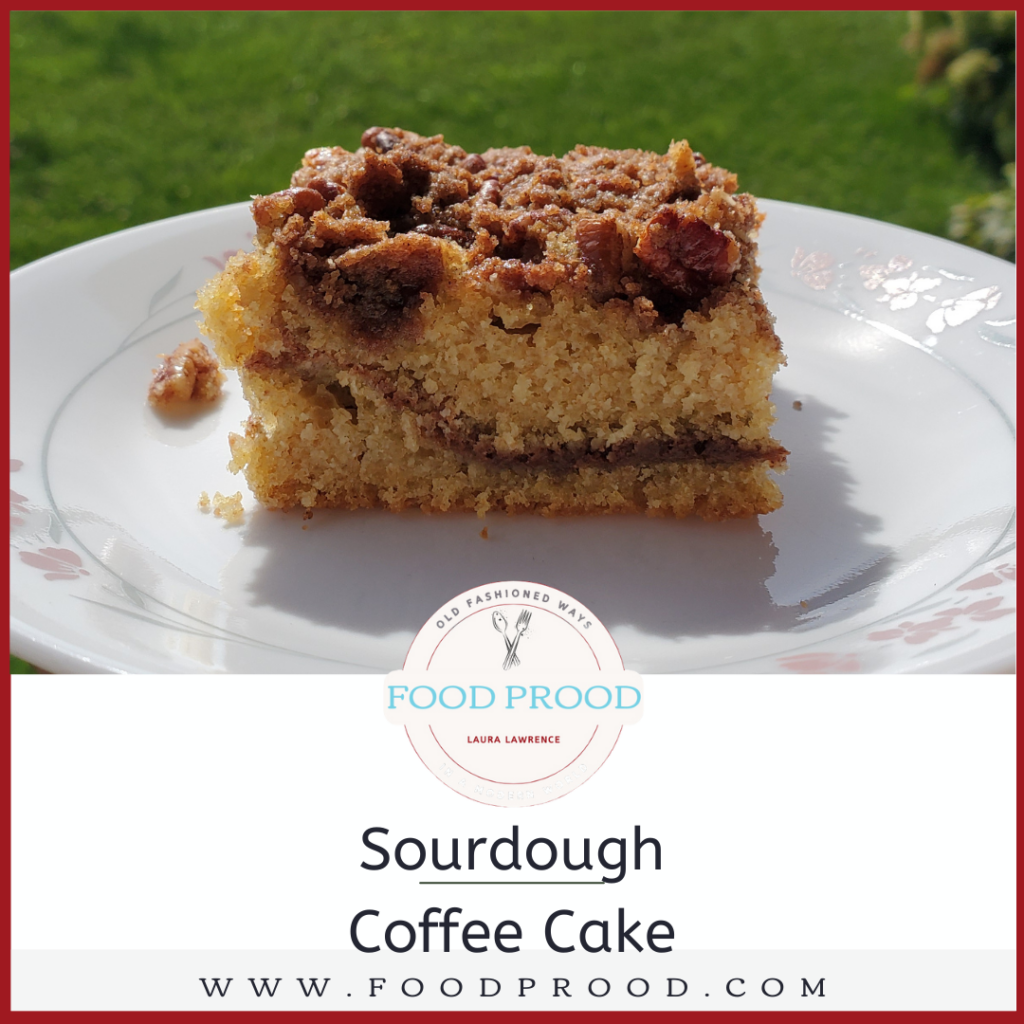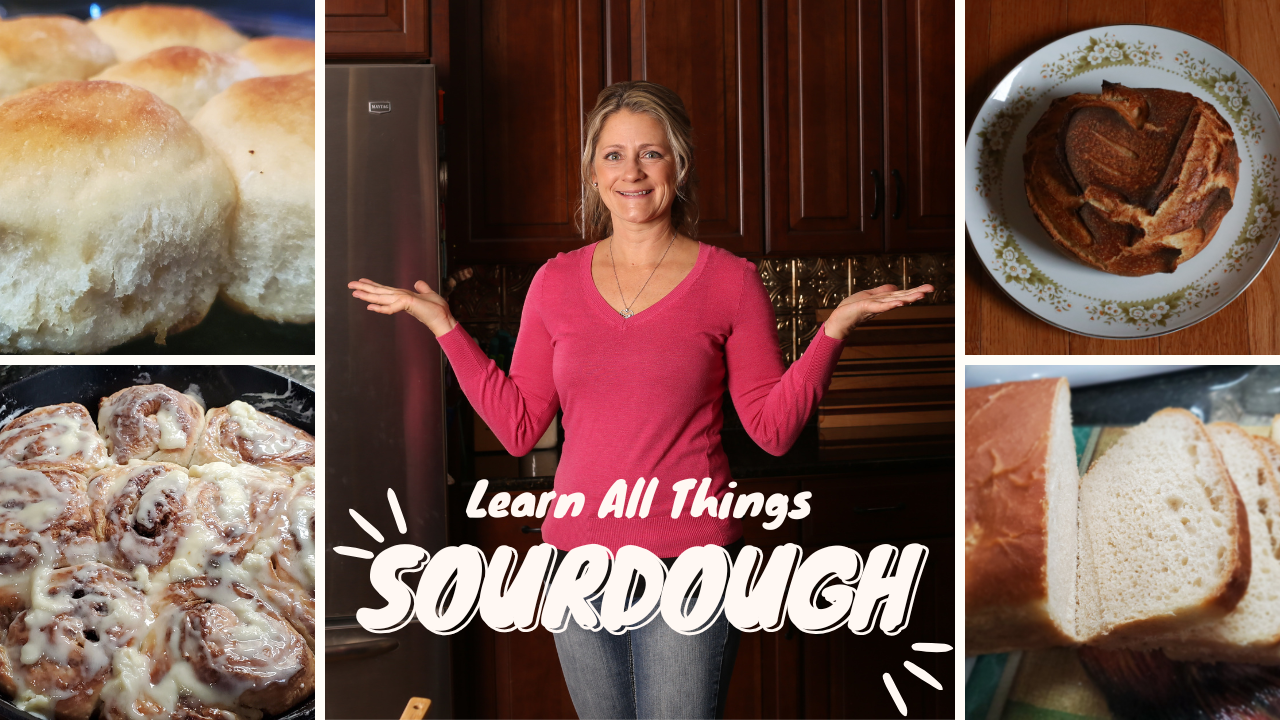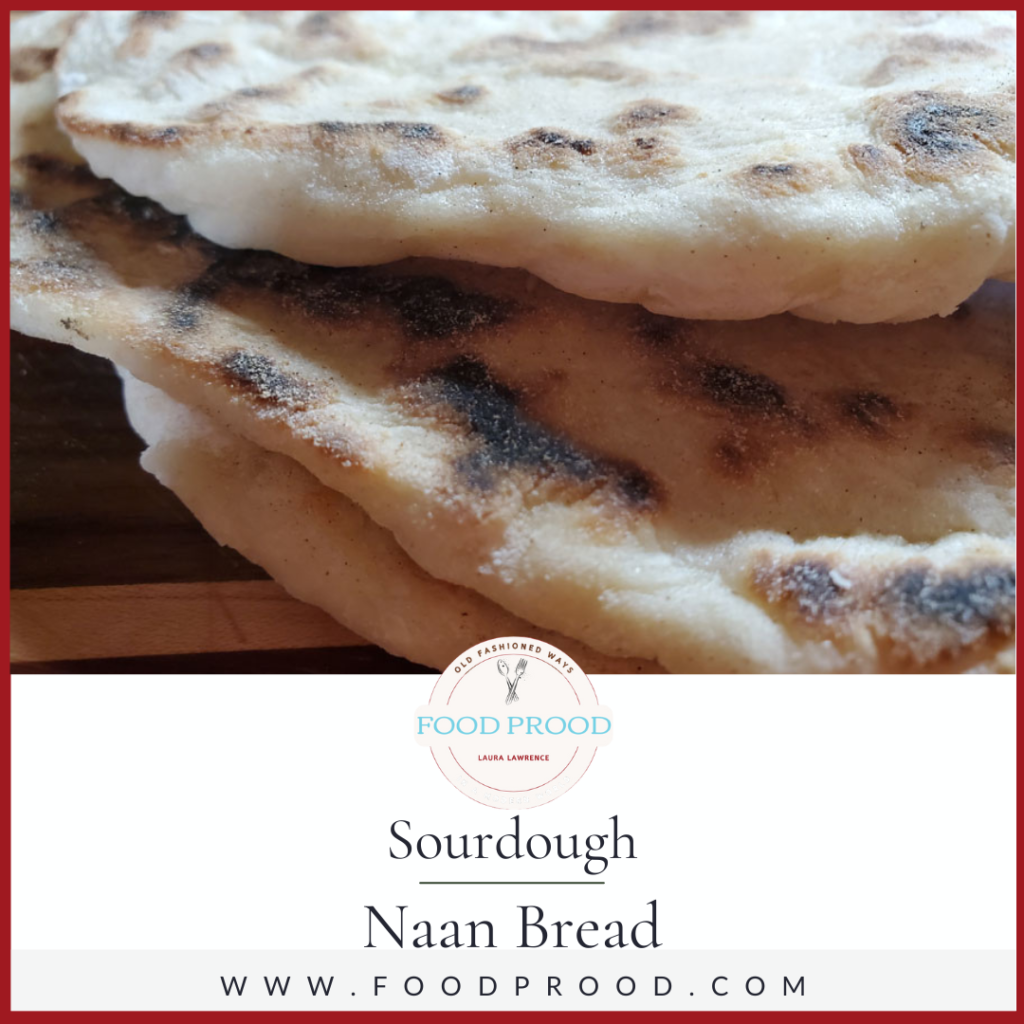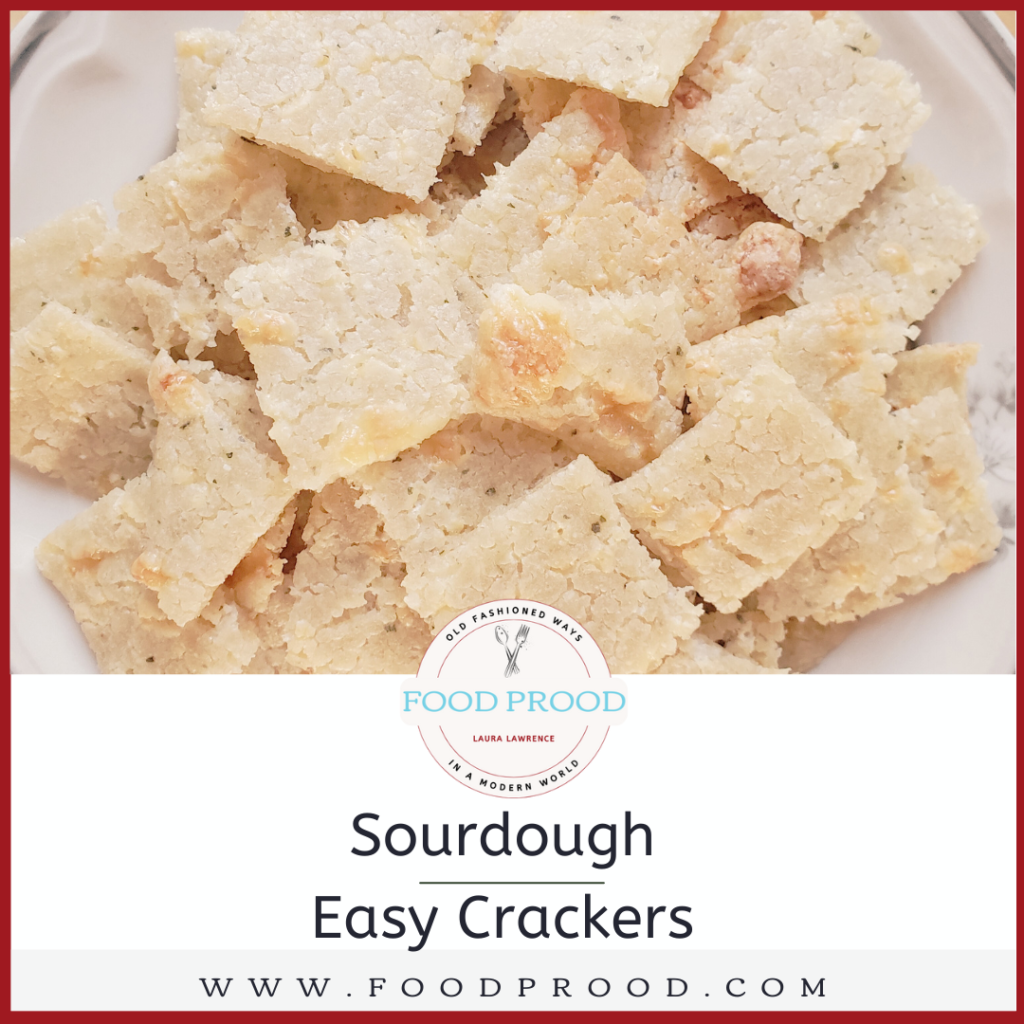I Just Wanna Bake Bread People!
LAURA LAWRENCE
Join my Roots Revival (free) FB group by clicking HERE – where I’m showing how to go back to our roots in a homesteading way.
Learn everything in regard to Sourdough – this site goes in order from top to bottom. If your NEW start right at the beginning, right here. If you’re looking for RECIPES scroll all the way down for all my delicious sourdough recipes! Tag me in any social media pics of my recipes! I’d love to hear from you.
Bread Independence: From Starter to Artisan
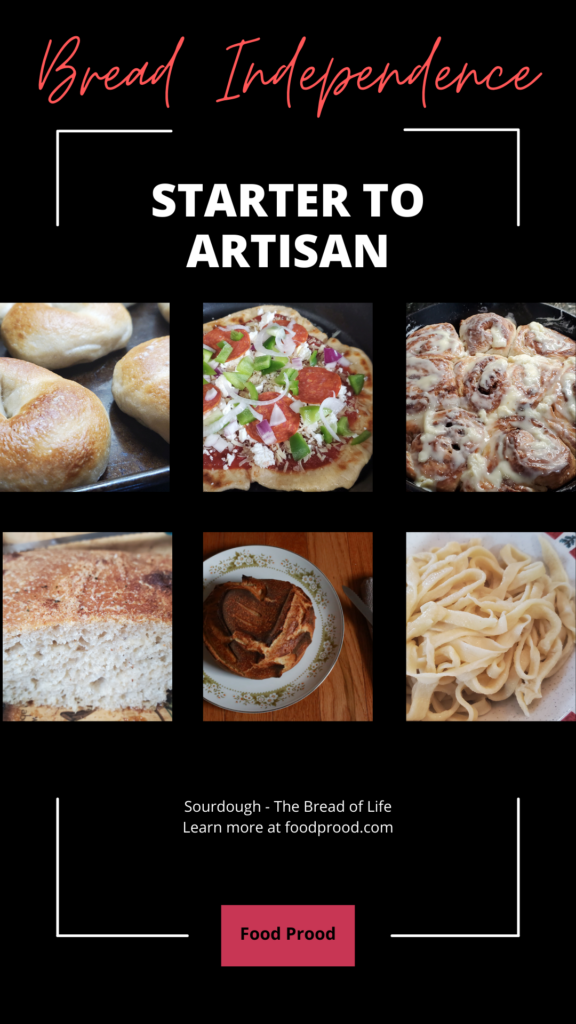
I think the sourdough movement is fabulous, wanna know why? Because it’s BREAD. It’s bread that’s good for you, who doesn’t love that? I’m excited to hear that your ready to start your own Sourdough Adventures with me. I’ll be showing you all things.
A few things to keep in mind – patience. You might have a ton of questions right now and already thinking about how to get that perfect “ear” on your artisan loaf but I am here to remind you to be patient. We first need to learn what sourdough is, then create our starter and get that bad boy bubbly. Feel free to ask questions in the chat as we are going along, but keep in mind it takes some time to master the dough.
Are you ready to learn?
Topics You’ll be Learning:
- How to start your starter
- Sourdough Terms
- Starter maintenance
- What to do with the discard
- Creating bread
- Learn shaping methods
- Making an artisan loaf
- Scoring your bread
- So much more!
- Including printables, instructions, videos and help from me Laura Lawrence of Food Prood
Why Sourdough?
Let’s talk about Sourdough. I’ll give it to you simple – VIDEO Below ⬇️
- It’s a fermented food- that means it’s good for your gut – by allowing it to “ferment” overnight or for many hours the yeast has done it’s job by breaking the gluten down so it’s easier for your gut to digest, allowing your stomach & gut to absorb the vitamins easier and not be bogged down by breaking down the gluten.
- Because the fermenting process has done it’s job by breaking down the flour & gluten it can be much easier for a gluten sensitive person to digest and handle better. This is only for someone who is sensitive to gluten, not celiacs, etc.
- Another great reason for eating sourdough bread, the fermenting process also has broken down the bad starches and when we consume the bread it does not dramatically spike your glycemic index as much.
- The process breaks down the phytic acid and allows for the good bacteria such as Lactobacillus to thrive which makes it another reason for our digestion system to access the good stuff.
- It’s made with “wild yeast” not store bought yeast that was lab created.
- There’s vitamins!
Sourdough Bread Benefits:
The fermenting process significantly reduces the amount of fermentable carbohydrates and free glucose in the bread. This means it’s easier on your digestive system and less likely to cause rapid spikes in your blood sugar. It also breaks down starches and gluten, which makes it more digestible than regular bread. The protein in the bread has a higher biological value, meaning your body can use it more efficiently. Sourdough also has less gluten than regular bread, the lactobacilli in the sourdough starter begins to break down the gluten in the flour during fermentation. This is why many people who have trouble with regular bread find that they can tolerate sourdough. Sourdough also has more nutrients and better nutrient absorption than regular bread. The fermentation process can increase the levels of certain nutrients and make others more accessible to your body. Information taken from Dr. Mercola’s latest book “your guide to cellular health” available on amazon.
What is Sourdough?
Sourdough is the process of breaking down the gluten which is the protein strands that is found in wheat grains. By breaking down the gluten and phytic acid with lactic acid it creates a more digestible protein but also keeps the structure that breads needs to be bread.
Basic Sourdough Terminology
- Discard: This is typically half of your starter that you will either store in the fridge or use for discard recipes
- Feed: Everyday you’ll need to feed your starter in order to keep the wild yeast thriving and growing. This is how you get the bubbles in the flour water mixture
- Fermentation: The chemical breakdown of a substance by using wild yeast L
- Long Fermentation 8-12 hours Short Fermentation 3-8 hours
- Hooch: This gray liquid will show up on the top of your starter when it’s starving. Simply dump the liquid off, discard and feed more often.
- Starter: A mixture of flour and water that contains yeast and bacteria
- Yeast: During the fermentation process the yeasts and bacteria feed off the starches and oxygen present in the mixture which then creates carbon dioxide. This creates the lift and rising of the bread dough.
Basic Supplies Needed
Suggested Supplies:
- 🍞 One Glass Jar – I use a quart jar
- 🍞 Breathable cloth, cheesecloth or coffee filter
- 🍞 Organic Flour (all purpose, wheat, brown rice flour, etc)* see note
- 🍞 Water (non chlorinated)
- 🍞 Spoon or Spatula for stirring
Where to purchase flour from? I suggest Azure Standard – see if there’s a drop near you and how it works by clicking HERE. Costco also has organic AP (all purpose) flour. NOTE: If you are unable to do ORGANIC flour I do not want this to stop you at all with creating your starter, so please use what YOU can. Just stay away from the bleached really cheap flour, the yeast will find nothing to survive on and it most likely will not turn out.








Items Needed for Future Sourdough Creations that Make Life Easier!
Stainless Steel Cookie Cutters/Biscuit Circle Cutters
Favorite Muffin Liners Unbleached
Mixing Bowls w Lids – Stainless Steel
Kitchen Aid Stand Mixer Classic
Braun Blender (not the exact one in video)
Food Processor (13 Cup Kitchen Aid)
Let’s Create Your Starter
Day #1 Watch the Video – Full of must Information + Instructions
- 🍞 Mix 1 cup of flour and 1/2 cup of water, stir well
- 🍞 Cover and let sit until tomorrow on your counter
- 🍞 Admire your hard work 😉
Day #2
- 🍞 Pour 3/4th of your starter into a container with a lid and place into the fridge.
- 🍞 Mix 1 cup of flour and approx 1/2 cup of water, stir well.
- 🍞 Cover and place on your counter.
Day #3 Repeat same steps as day #2
Day #4 Repeat same steps as day #2
Day #5 Repeat same steps as day #2
Day #6 Repeat same steps as day#2 ALSO See “Let’s Talk Discard” section below. ⬇️
Day #7 Repeat same steps as day #2- bake with the discard with recipes below
Day #8 Repeat the previous steps – bake with discard
Day #9 Repeat discard & feeding – use up that discard!
Day #10 It’ll be ready real soon – continue to discard & feed
Day #11 – Ready Or NOT?!?!?! See below in the section “How to Tell… ” for video + blog post
Let’s Talk Discard
Whether your just starting out on your sourdough journey or been doing it for years, there’s always the discard. The discard that you acquire while you are creating your starter will be different than later on after the starter is active. It’ll take about two weeks to get to that point in the mean time the flour and water mixture that your storing in the fridge is basically spent flour with not much “sourness” or active yeast to it.
WHY DO I HAVE TO DISCARD FROM THE STARTER WHEN FEEDING?
At first you may wonder why you need to discard half or more of your mixture as it may feel wasteful. First keep the discard accumulating in the fridge in a container that we’ll use for “discard” recipes.
We do this for a few reasons
- If you were to feed every day you would need a huge container just to hold it all.
- When you feed it new flour and water it helps keep the bacteria and yeast balanced.
- It helps with keeping a milder flavor and not overly sour. You’ll notice the older your discard is the more sour smelling it is.
Instead of throwing away the discard it most certainly can be used! This beginner discard is great for making waffles, cookies, crackers, pie crust and my egg drop biscuit recipe. In these recipes there doesn’t need to be any gassy bubbles, aka yeast that helps bread lift and expand. In some recipes you’ll add baking soda and or baking powder to help achieve that.
With the following recipes you can use your discard either direct from the time you are feeding your starter or from the fridge. Some of the recipes may say discard, active or starter in the ingredient list but it doesn’t matter you can use whatever you have, it’s really all the same thing.
This is the part where you’ll have to start trusting yourself, learning from success and failures and understanding how the dough should look and feel.
If the end product is something moist, fluffy or soft then you’ll want a much softer dough when your mixing. For example muffins, waffles, or drop biscuit.
If the end product is more stiff like tortillas, naan, pie crust, tostadas then you’ll want a stiffer dough when your mixing.
If you keep this in mind it’ll make more sense once you get creating these recipes.
Grab the FREE Discard Recipe PDF or click the image below
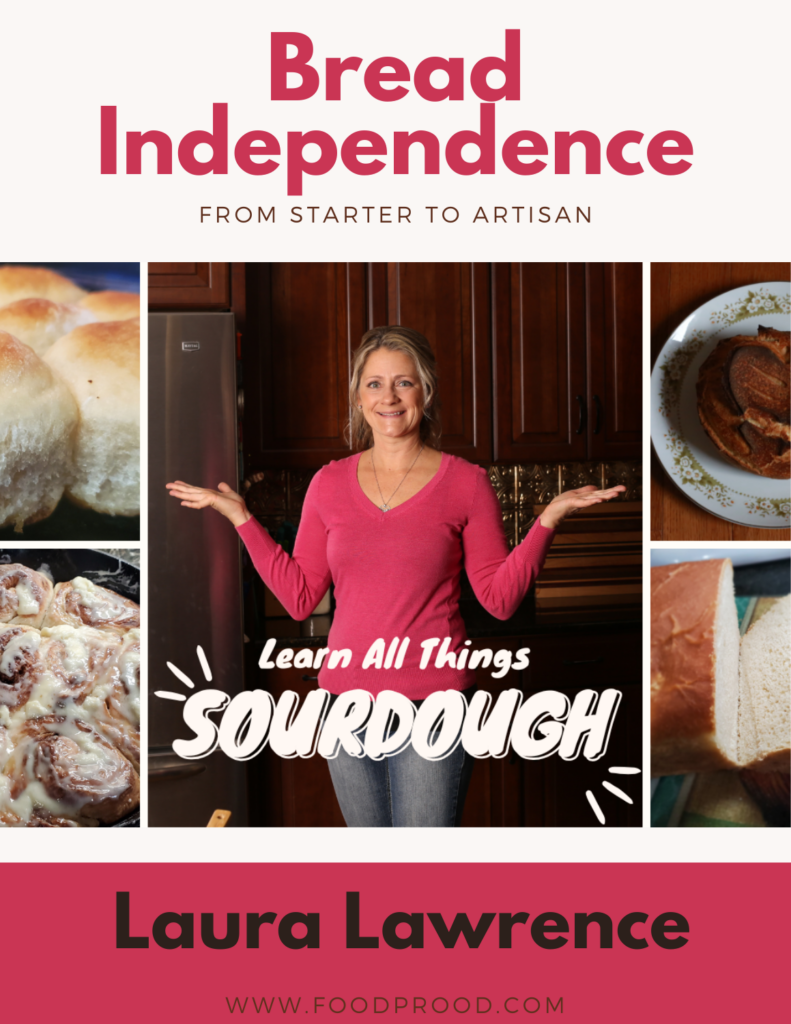
Q&A
Your Sourdough questions answered in this part one video. Turn your bread into breadcrumbs.
Q1: Does your starter need to be doubled to use it? Short answer is no, however your starter needs to be established (ready, active, bubbly, been around for two weeks or more) Once established I feel you can use your starter at any level and start a new recipe.
Q2: Can I use the discard to make any sourdough recipe online? If the discard is established yes pretty much, it may need more rise time to rise the recipe you will be using it for (if that recipe is for a bread that needs to rise) If the discard is still in it’s new phase (2 weeks or under) I would use it only in your typical discard recipes such as above or lot’s of those sweet sugary ones you see online.
Q3: Will there be hooch on the discard, if so what do I do? Yes hooch will eventually accumulate on the discard that your storing in your fridge. I dump it off just like I suggest if it shows up in your starter on your counter. You could stir in but I think it looks gross so I toss it. I do however suggest to dump it off from your starter always.
Q4: When I’m adding discard to the containers of previous discard should I stir it together? Short answer, no don’t worry about it. If you have a gallon stored up then yes but seriously that should’ve already been used in something.
Q5: Will I always have this much discard? Nope, if your baking on a regular basis that discard will actually be going to those recipes instead of in your fridge. You’ll need to feed as usual to keep it growing, fed and happy.
Q6: What is oven spring? This is when your bread hits the hot oven it’ll give a pretty decent rise. Sometimes your looking at your bread and it hasn’t risen that much or as much as you think it should the hot oven will help with that.
Q7: Lesson – when life gives you lemons you turn it into lemonade. It’s the same concept if your oven gives you doughy, not cooked, overly proofed, or wonky bread you turn it into breadcrumbs. Recipe HERE
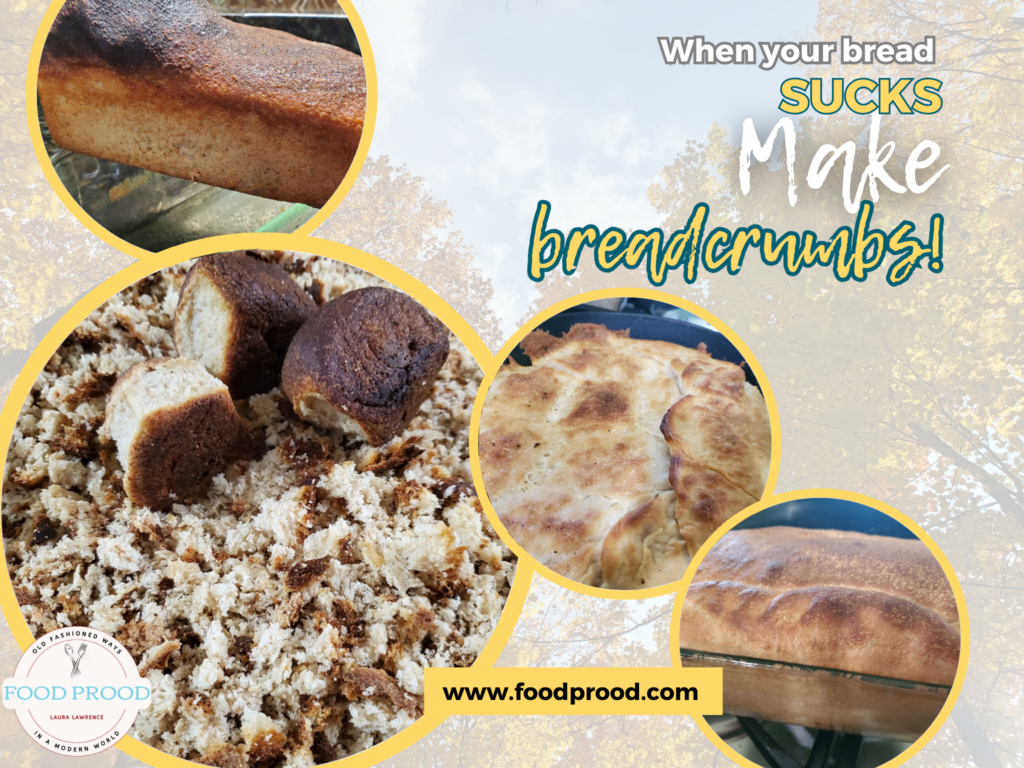
How to Tell if your Ready to Start Baking?
This is a tricky question because each of our kitchens are unique and I’m not there to smell or see exactly what your starter looks like.
But in a nutshell…
- Has it been at least 10 days preferably two weeks since you started your starter?
- Are we getting some rising action daily? It does not need to double.
- Real bubbly and foamy on the top
- Does it smell like really smelly? Tangy & sour
If your answers are yes then it’s time to bake bread baby!!
I suggest starting with this very simple Sandwich Bread recipe (video coming soon)
You can always experiment and try at any point just please do not give up if it doesn’t do what you think or should do, or taste like you think it should taste. DO NOT GIVE UP!
Remember you can always turn it into breadcrumbs if it doesn’t turn out or just eat it as is with enough butter.
Baking with Sourdough
I have a large collection of delicious sourdough recipes that I can’t wait to share with you!
START HERE — > When it’s time I highly suggest starting with the EASY Sourdough Sandwich Loaf for many reasons. View the FULL Tutorial video to see every step along the way. The tutorial is MUCH longer than it actually takes but I drop a lot of valuable information that will help you learn even more about baking with Sourdough including milling your own grains.
Starter Maintenance
TOP TIPS:
- Once your starter is established switch from the cloth/filter lid to a solid lid. I recommend these, they fit the quart jars fabulously.
- Get a NEW + Clean jar every other week to keep your starter clean & mold free
- Find your rhythm
- Your starter does NOT need to double
- Don’t waste your flour
BREAK THE RULES:
How often to feed? Can I skip days?
Yes, you can skip days sometimes, however if you skip 2 days in a row or to often your starter will become sluggish. Then at the time you want to actually bake, it will not perform as you were hoping. Rise times will take longer as you lost some of the yeast and activity. I end up skipping about 1x per week as those are the days I forget or just get lazy.
What you put in is what you’ll get out.
Let me explain – you do not need to feed your starter 3 cups of flour unless you want lots of bread that day. Find your rhythm in YOUR house and feed it accordingly. For example, if you’d like to bake one item per day only feed your starter 1/2 cup of flour + 1/4 cup water (approx)
The photos you see online with the large bucket full of overflowing starter is not the goal. Your goal is healthy, nutritious BREAD that is enough for you guys. No wasting, no spilling of the starter.
I don’t care if the starter doubles – break that rule. You need bubbles that’s all. Once your starter is about 2 weeks old your good to rock n roll with your breads that need the rise.
MY Schedule
Here’s MY schedule – but you do you boo!
- I feed it 6 times a week
- I only discard when I’m not baking
- I bake 3-4 times a week
- Each time I mix up dough it’s usually 2 to 3 recipes to get ‘er done
- Mix up the dough for most recipes (besides focaccia & artisan) at night, place in these bowls with lids and leave on the counter overnight
- Wake up, grab coffee and shape the previous night’s dough into bagels, pizza, etc.
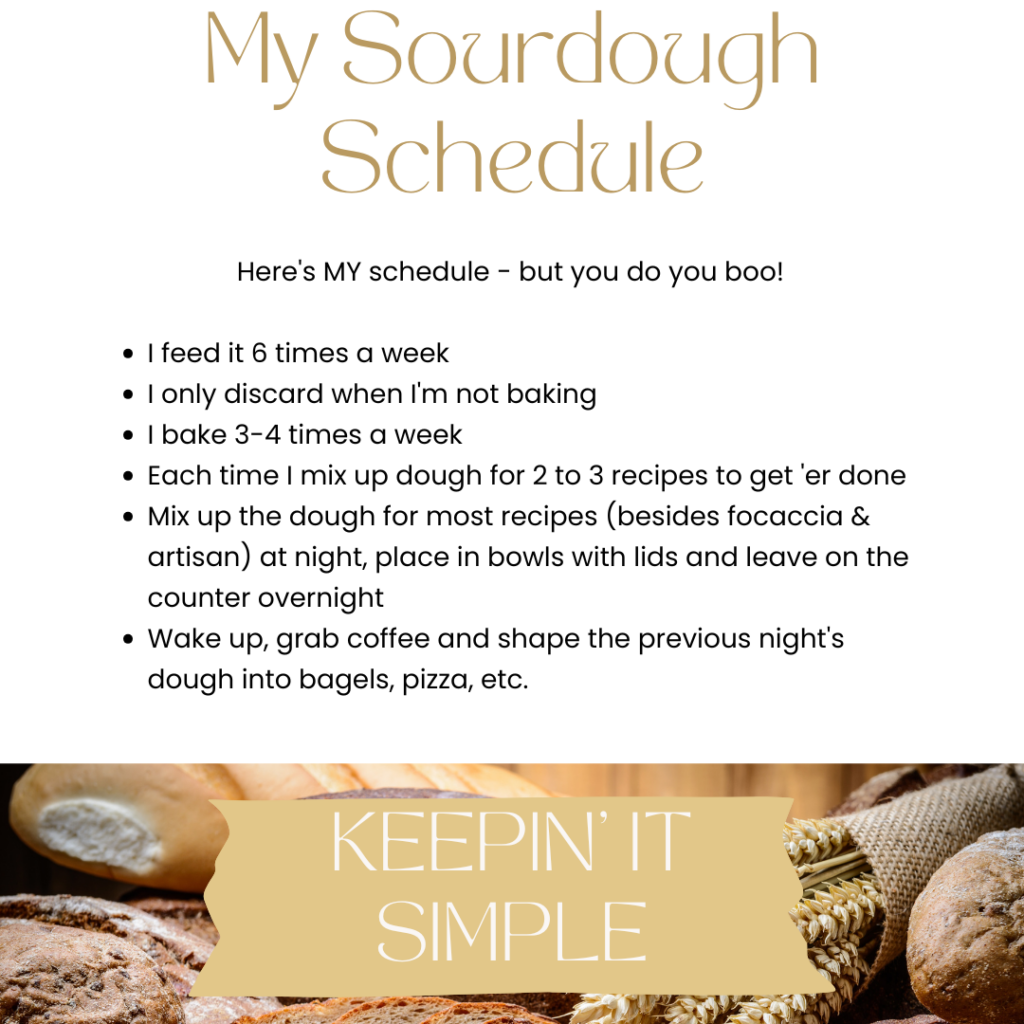
Adding Yeast to your Sourdough
Please do NOT use manufactured yeast when your baking with sourdough. Why, why why do recipes call for that? That’s not the point of sourdough. You want healthy bread where the yeast does it’s job of breaking down the phytic acid to create a healthy bread? Then DO NOT add in yeast.
Long vs Short Ferment
At first, you’ll end up doing short ferments because you have a boat load of discard, and your starter is not active enough to do breads that need the rise. After you’ve got that bad boy established choose only LONG fermented recipes. Or change the recipes to long ferment. It’s a pet peeve of mine those short fermented recipes. Please if your doing sourdough choose the long ferment so you can maximize the benefits of the sourdough process. It’s not like I don’t use yeast – I actually have plenty of recipes that I use at times – but if I”m doing sourdough I’m not mixing them.
If you need a reminder WHY Sourdough is amazing and healthy see HERE
Creating a Backup of your Starter – Including Putting Your Starter to Sleep & Waking it Back Up
Don’t fear if you have a backup (or several like me)
Today is a topic I get quite frequently. What happens if my starter dies? Can I ever leave this thing, or do I need to take it on vacation with me?
Both things happen but there’s really easy ways to help both situations. Yay, good news, right?
Creating Backups:
Sometimes your starter fails you, I swear it’s not you. The summers get hot & humid and here comes the mold. You forget about your precious jar on the counter a little to long… it happens to everyone. No worries, you have a backup on hand to save the day! Actually, you might even have 3 different kinds ready at your beck and call just waiting to be revived and become bread once again. Let’s look at my two favorites plus I’ll talk about two others as well.
Fridge Backup
- Clean pint jar (wide mouth is easiest)
- 1/4 cup of your current established starter from your counter
- 1/2 cup flour
- 1/4 water
The amounts can be approximate, you’ll just need about half of what you typically work with that fits into the smaller jar with room for a smidge of expansion. Mix to the consistency you normally do when you’re feeding your starter on the counter. Place a tight lid on top and allow to sit out for 1-2 hours. Place in your fridge.
Every 2 or so months bring the jar back out and discard half and re feed to wake the backup up. Allow to sit on the counter and place back in the fridge.
Dehydrated Backup
- Plate
- Starter
- Parchment paper (unbleached)
- Spatula or spoon
- Jar with lid
Lay the parchment paper on the plate. Spready some of your established starter on the parchment paper. Allow to dry completely for several days. Crush up the dried-out starter and place into a jar with a lid. Store in your cupboard until needed.
Two Other Backups
If you have discard in your fridge, you can also revive this to become your starter you feed daily on your counter. Simply take a few tablespoons and place into a new jar and feed with 1/2 cup flour + 1/4 cup water. It may take a few days to get it back to active, but it’ll get there.
You could also place some in the freezer in a silicone mold or ice cube tray to easily be popped back out. I have not done this method, but it sounds like a good option. Freeze for up to one year, bring back up, thaw and start feeding.
Learning All About Wheat Berries
Read all about Wheat Berries by clicking HERE
Importance of Organic Whole Grain excerpted from Dr. Mercola’s book “your guide to cellular health” on amazon.
Conventional farming practices often involve heavy use of pesticides and herbicides, including glyphosate. These chemicals can leave residues on the grains, which end up in your body when you consume them. The use of glyphosate to kill the crops early is destructive to our health. By choosing organic oats, wheat and corn, you can avoid most contamination problems.
Learn the Techniques of Bread Shaping
Why is long fermenting better than using discard?
At first, you’ll end up doing short ferments because you have a boat load of discard, and your starter is not active enough to do breads that need the rise. After you’ve got that bad boy established choose only LONG fermented recipes. Or change the recipes to long ferment. It’s a pet peeve of mine those short fermented recipes. Please if you’re doing sourdough choose the long ferment so you can maximize the benefits of the sourdough process. It’s not like I don’t use yeast – I actually have plenty of recipes that I use at times – but if I’m doing sourdough I’m not mixing them. I explain more in the video above labeled “Maintenace” or click HERE
Recipes
Find here videos of some of my recipes – below you’ll find links to all my sourdough recipes! Get ready to drool!
